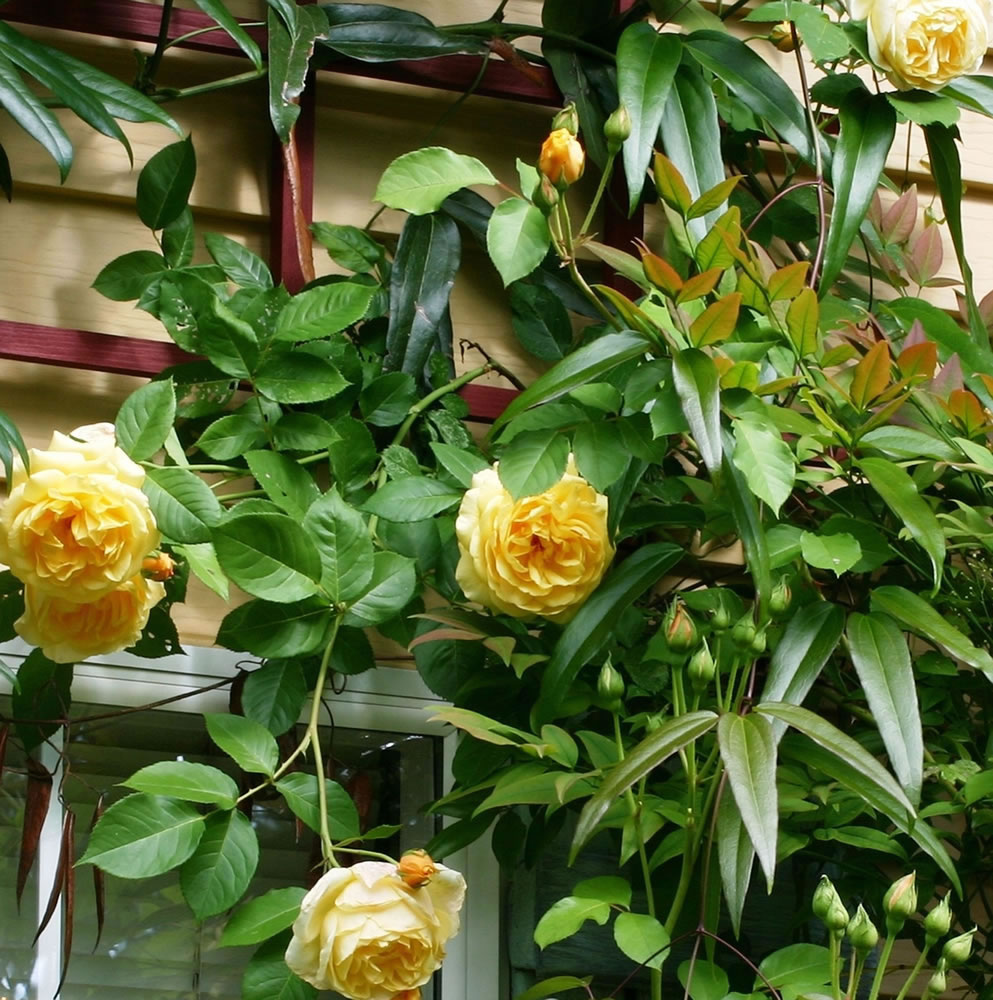Signs of spring fill the garden, and these in turn fill the gardener with renewed energy to get the garden year underway. If you’re a Northwest gardener with a bit of garden time under your belt, you know that just because the calendar says it’s spring, does not make our moody weather comply. Although it’s hard to argue with the string of clear, sunny, warm days we keep having between skimpy bits of rain, prudence reminds us that there’s still officially one day left of winter.
But who can deny spring’s arrival when the most ardent garden industries have already brought us two large garden conventions? Even if our gardens are just beginning to put forth early blooming bulbs, every market and nursery in town has been filling the racks with primroses, pansies, daffodils and tulips since early February. More plants are arriving daily, from small pots of herbaceous perennials like Cranesbill geraniums and Candy Tuft (Iberis sempervirens) to trees and shrubs, such as the common lilac (Syringa vulgaris), with heavenly scented, generous flower clusters in purple, pink and white.
As you will see by the bundles of bare-root stock at every garden center in Vancouver and the surrounding area, it’s a good time to plant out roses. Preferably, your choice of roses was made long ago or, at the very least, over the past winter, while perusing spring catalogs. I always encourage gardeners to know what plant they are adding to their garden before buying it and this is especially true with roses. Few plants are more frustrating than unhealthy, disease-ridden roses. We expect them to perform even if we know nothing about them but the photo on the plant ID tag. One of the most likely reasons that roses go bad is because we make the wrong choice for the conditions of our gardens.
Instead of deciding what to buy when you are at the store and a thousand roses are staring you in the face, take the time to decide what color, size and sun requirements you want while you are actually out in your garden. Choosing a rose is nothing short of a job interview. Look through a good rose book or a rose catalog or ask a friend who has a successful collection of roses in their garden. Go to the garden center and look for plants that fill your specific requirements. Better yet, attend a meeting of the Fort Vancouver Rose Society and ask an expert for advice. The group’s general meetings are held from 7 to 9 p.m. the first Thursday of each month at the Clark County Genealogy Annex, 717 Grand Blvd., 98661.



